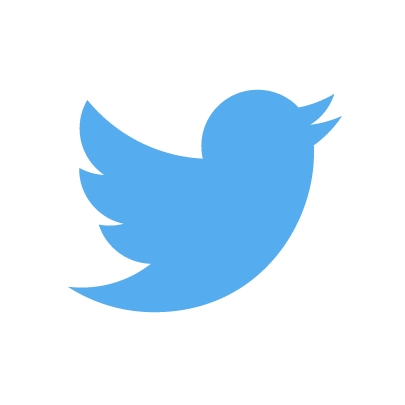The following is an excerpt from One Second Ahead: Enhance Your Performance at Work with Mindfulness (Palgrave Macmillan, 2015) by Rasmus Hougaard, Jacqueline Carter, and Gillian Coutts, reprinted with permission in 'The Health Issue' of Rotman Management Magazine.

Cell phones, tablets, emails and texts place constant demands on our attention. According to leading management thinker
Tom Davenport, “Understanding and managing attention is now the single most important determinant of business success.”
Researchers studying the mind’s natural tendency to wander have calculated that, on average, our mind wanders 46.9 per cent of the time. In other words, while we are at work, 53.1 per cent of the time, our mind is ‘on task’; the rest of the time, it’s off task. Clearly, from a Human Resources perspective, there is a lot of potential to be developed here. Even just a small increase in ‘on-task’ time could have a significant improvement on productivity, customer service, safety, teamwork — and anything else that would benefit from more focused attention.
In recent years, business leaders have recognized a centuries-old route to mental effectiveness that is very powerful in an Attention Economy: mindfulness. The central characteristics of mindfulness are
sharp focus and
open awareness.
Sharp focus is the ability to concentrate single-pointedly on any object of choice for as long as you want, with minimal effort. Training sharp focus provides the benefit of being fully present with other people or tasks.
Open awareness is the ability to see clearly what is happening in your mind and make wise choices about where to focus your attention.
While many of us fail to do it, taking breaks during the day is actually quite important for our health — and our performance. Taking regular ‘mindful performance breaks’ is both a time-efficient and nourishing way to maintain focus and clarity. A mindful performance break is basically a brief mindfulness training session. And by brief, I mean about 45 seconds. Try this, once every hour during the work day:
- Let go of your activities. You don’t need to go anywhere special. Close your eyes or keep them open, whichever you prefer.
- Direct your full attention to your breath. For three breath cycles:
• Breathe in while noticing your breath; breathe out while relaxing your shoulders, neck and arms.
• Breathe in while focusing fully on your inhale; breathe out while focusing on the exhale.
• Breathe in while enhancing the clarity of your attention; breathe out while maintaining clarity.
- Let go of the exercise. Return to your work with renewed relaxation, focus and clarity.
The benefits of allowing our brains small, regular breaks from conceptual activity are numerous: our brain is re-energized, our mind is more focused and clear, our body is more relaxed and we break the spell of ‘action addiction’.
While mindful breaks are easy to do, they’re just as easy to forget. We have made it easy for you to incorporate this break into your daily routine by developing an app for your smartphone or tablet that will give you a reminder once per hour. You can find to it on our website (potentialproject.com) — or go directly to the app store and search The Potential Project.